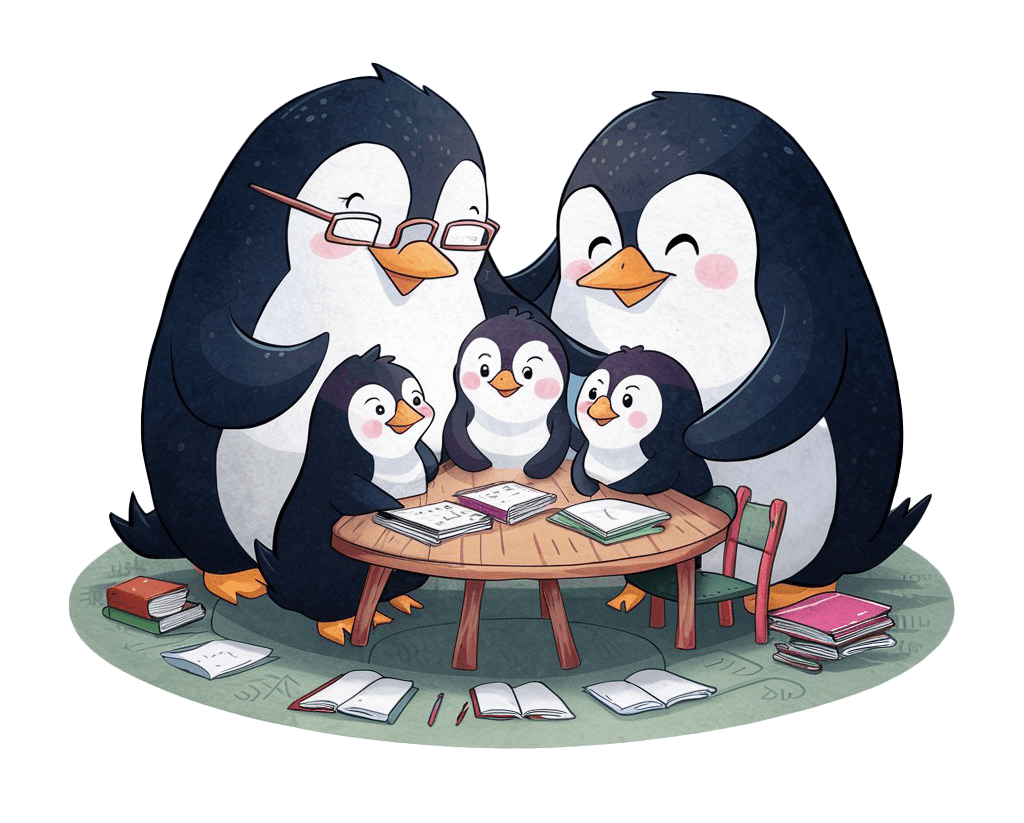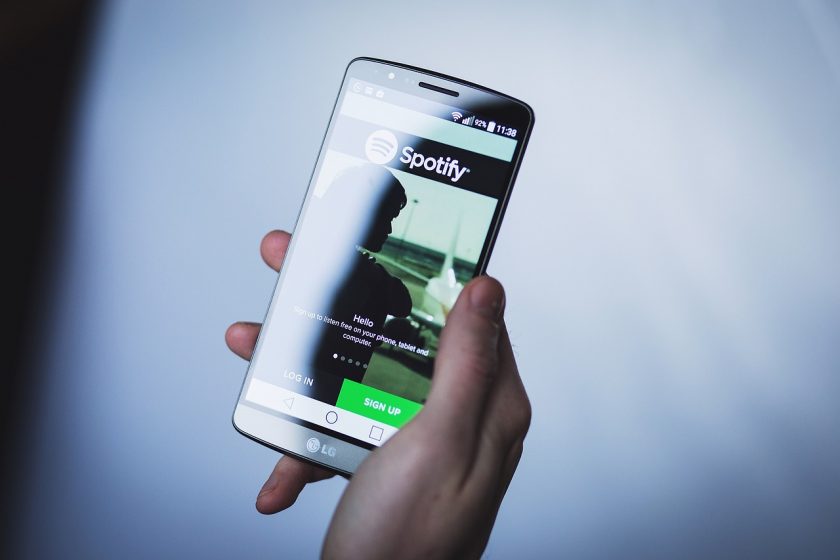Song lyrics are a great way to introduce big ideas in a tamed-down way, music has the magic ability to change the homeschool mood in an instant and everyone’s happy when singing or dancing in the kitchen, so music streaming plays a big part in both our lifestyle and homeschool.
How to use music in homeschooling
- As background ‘white noise’ during focused lessons (classical, instrumental music)
- To learn about musicians and composers and instruments.
- Learn music for its academic sake by teaching music theory, and encouraging homeschoolers to learn an instrument – following up with graded musical exams if they wish.
- Combine music and poetry.
The Poetry Foundation, which is a great home-ed poetry resource, lists over 400 poems that are intrinsically intertwined with music.
- To learn facts and data.
There are lots of songs that tie in with either subjects or topics from curricula, like having tongue twister fun memorising ‘The Elements’ by Tom Lehrer after studying the Periodic Table. The act of memorising lyrics is a passive, skill-based lesson that helps across subjects from history (dates) to maths and science (formulas/equations) to literature and drama.

Why Spotify?
Spotify is the music streaming service we’ve used since music streaming became a thing, so we didn’t choose Spotify specifically as a homeschool music streaming subscription. But, these are some of the things we love about Spotify for home-ed:
- You can read the lyrics of songs as you listen.
This makes it easy to screenshot lyrics for lesson resources. Accessible lyrics make it easy to add singing into a homeschool curriculum with no prior prep required and add a fun, karaoke feel to singing lessons.
- Spotify is a great introductory resource for information about artists.
Scroll down to the ‘About’ section and find information about the artist, the songwriter or the composer.
We used this info as the starting point for a fun project about The Beatles. (If you’re able to visit the Beatles Museum in Liverpool, there are great learning resources to accompany the exhibits available online here).

- Spotify Kids
By the time Spotify Kids came out our older homeschoolers were accustomed to using Spotify (with the explicit content filter turned OFF because that filters out all the good stuff!) and Audible for audiobooks so we’ve never trialled Spotify Kids but it looks useful – like a music/audiobook version of YouTube Kids.
For pre-teenage listeners, Spotify Kids gives the parent control over what is accessible which means parent-teachers can let homeschoolers explore music and audiobooks unsupervised.

- You can curate as many playlists as you want and add playlists to a listening queue.
This is perfect to assign a podcast series for homeschoolers to listen to independently, or to suggest a song they might like to think more about for some element of home-ed music.
Curating playlists is also a great task to set homeschoolers as part of their weekly home-ed folders (a system of assigning lessons that encourages independent learning.)
Asking homeschoolers to curate playlists to use in your homeschool gives pupils input into what lessons sound like. Using non-distracting music in the background is a useful tool to manage the environment in a home-ed classroom (especially if there are younger siblings around; homeschoolers can wear headphones while focusing to minimise any toddler noise) and by curating their own playlists, homeschoolers are telling you what to them is non distracting music! For some learners, white noise or classical music helps them focus; other learners focus best when listening to drum beats or percussion.
Music streaming apps that are designed for family sharing are great for home-ed because you can see what learners have been exploring when you come to write a lesson plan for homeschool music lesson. If the song chosen as an example of the musical theory the lesson covers is a song a homeschooler likes, whatever the content of the lesson or how challenging it is, as their teacher you’ve been given brownie points: Always useful to collect!
With Spotify family membership gives everyone their own account so every can create their own playlists, but Spotify automatically generates a Family Mix playlist which combines what everyone has been listening to. This is fun and also useful to see what your children are exploring; what music or podcasts entice them apart from the ones saved to playlists?
What podcasts topics have they clicked on? Which genre of music do they listen to most? Is there a particular composers’ music they are drawn to when making ‘classical background noise’ playlists?
Take what you see and use it for future music lessons.

